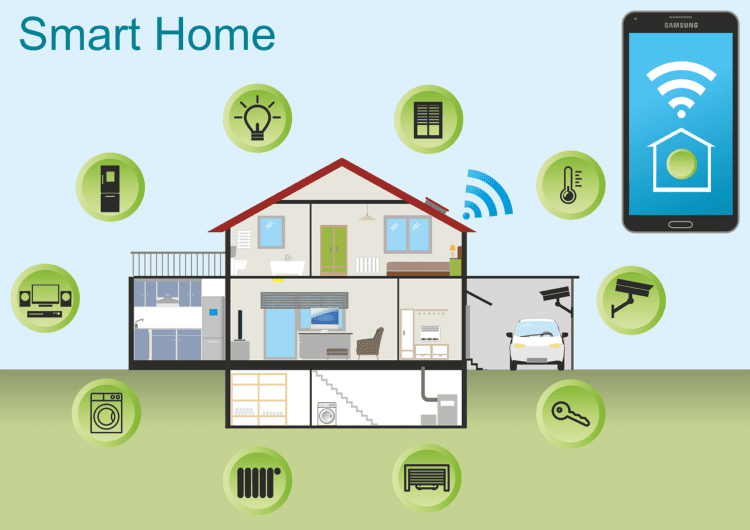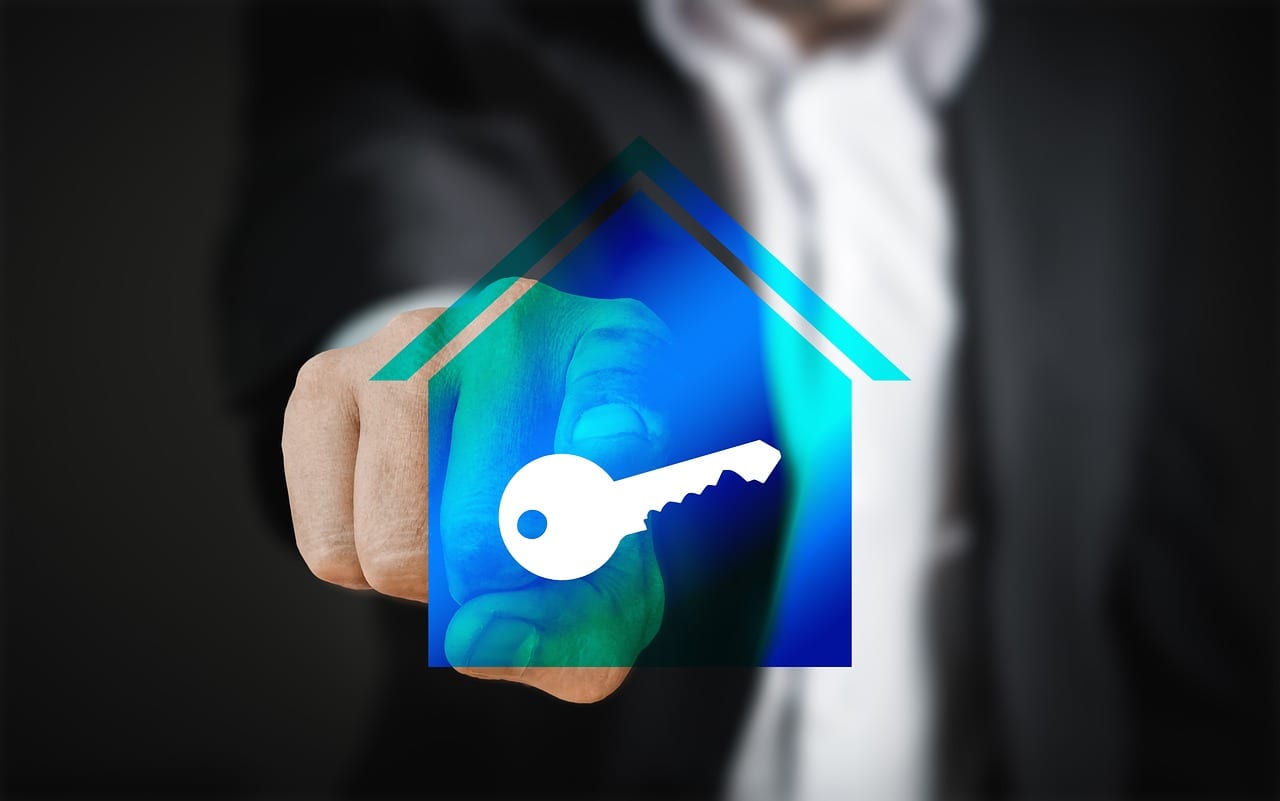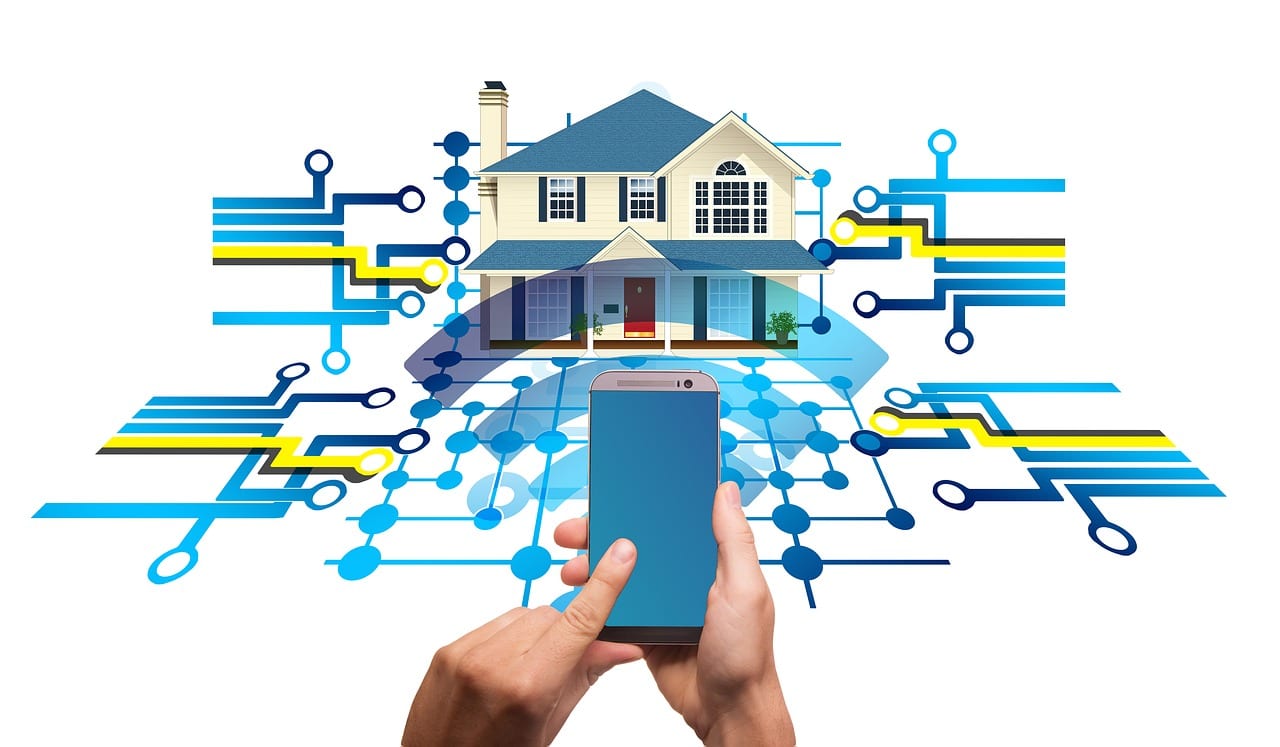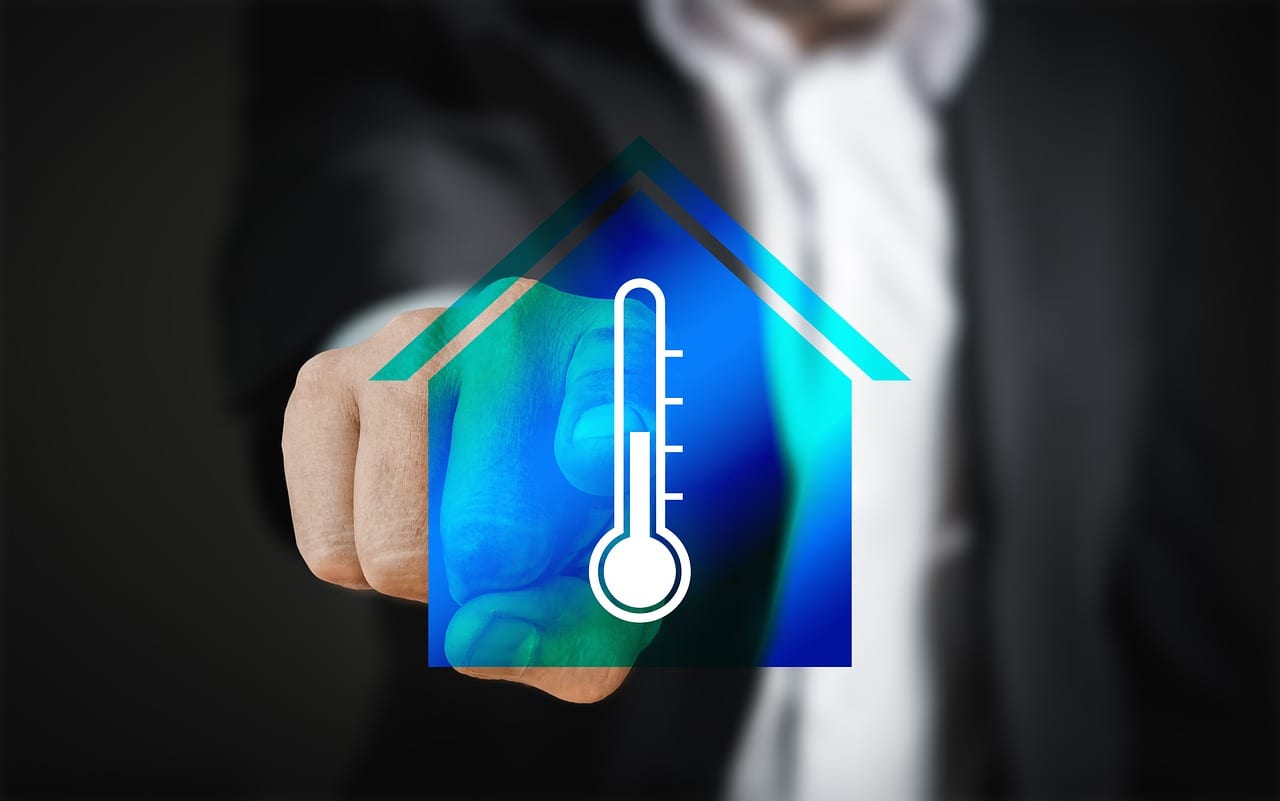- in Blog , Maintenance Corner by Tanya Chappell
Smart Home Automation Saves Energy and Your Bottom Line

How Much Energy Do Smart Home Devices Save On Average?
The savings realized from using smart technology to improve energy efficiency in the home is one of the biggest reasons people opt for connected devices.
In fact, it wasn’t until 1925, that even half of Americans had electricity in their homes. Now, power is a modern necessity, and it’s costly. High electricity bills cause families a lot of stress.
Simply Self Storage completed an analysis on the average U.S. household. The study shows an investment in a comprehensive smart home system could save hundreds of dollars a year off of an average annual utility bill of $3,052. This system would include thermostats, sensors, sprinklers and more.
4 Smart Home Technology Advantages
1. Enjoy Convenience and Control
The ability to control virtually every aspect of your home from the palm of your hand is within reach. Have you gone away for a long weekend and forgot to change the thermostat or set the irrigation system? No longer a problem with when you can manage your home from an app.
Don’t underestimate the power of being able to control your home’s functions from a distance. On a hot day, you can reduce the temperature in just enough time before you get home from work. You can even check to see if you left the lights on, who is at your front door, or make sure you turned off all your media while you’re away.
This is a boon for landlords, and property management companies by saving costly trips to properties when it could be managed from afar.
2. Enhance Your Home's Security
Keyless entry devices can provide a peace of mind that most homeowners wanted, but have not been able to achieve until now. Recieve instant alerts if someone tries to access your home without your permission and never worry about losing your keys or a family member being locked out.
With quick access to your security camera, you can review the real time footage and provide entry from your app. Some systems incorporate facial recognition techonology that can identify intruders or open doors.
As with any devices connected to the internet, make sure to take the appropriate precautions and apply security best practices.
3. Flexibility for New Devices and Improved Appliance Functionality
Technology for appliances and other devices are very flexible. As you replace your late models with newer ones they easily integrate with one another. It will make your job as a homeowner easier and upgrade your lifestyle.
Smart homes can also help you run your appliances better. A smart TV will help you find better apps and channels to locate your favorite programming. A smart oven will assist you with cooking your chicken to perfection -- without ever worrying about overcooking or undercooking it. An intelligently designed home theater and audio system can make managing your movie and music collection effortless when entertaining guests. Ultimately, connecting your appliances and other systems with automation technology will improve your appliance effectiveness and overall make your home life much more easier and enjoyable!
4. Increased Energy Efficiency and Productivity
Smart thermostats, lighting, and appliances can all be preprogrammed based on your personal preferences or needs and then remotely managed from your phone. These devices will alert you if they’re experiencing performance issues, allowing you to be proactive in handling problems.
The President of PointCentral, Sean Miller, explains, “An apartment generally costs around $2,400 annually to heat, cool, and power, so residents appreciate energy-efficient appliances and smart devices that provide more sustainable housing and decrease these costs by an average of 15 percent, according to our findings.”
This advantage will make rental properties stand out more and be very attracted to a tech savvy market.
Top Smart Home Technology You Should Invest In
Smart Thermostats
Heating and cooling account for nearly half of a home’s energy costs, so getting that under control can provide substantial savings. Smart thermostats can do this by learning your usage and preferences and adjust accordingly so you are never heating and cooling unnecessarily.
Smart Lighting
Leaving lights on when not in use can be a major drain on your energy bill; about 25% of utility costs are spent on lighting. Devices such as smart switches, room sensors, and smart bulbs can help ensure lights aren’t being left on. These have the potential to save 7% to 27% of a home’s overall lighting energy use.
Smart Plugs
Instead of powering down completely, many modern household electronics enter standby mode and continue to draw power even when not in use. This allows them to continue to communicate with other devices, get updates, and load faster. However, this is a complete waste if you’re not around to use them.
Smart plugs, outlets, and power strips enable you to cut the power completely when they’re not in use, and some even allow you to monitor energy usage.
Smart Sprinkler System
These devices can help homeowners save money on water bills by creating custom schedules that automatically adjust for local weather and can be monitored via smartphone.
Available integrations allow owners to control water by voice, set up automations, and avoid turning sprinklers on when someone is outside. There is an optional wireless flow meter that helps detect leaks, alerts the user, and can even remove that specific zone while continuing to water the rest of the yard.
Bottom Line - Home Automation Saves!
Many smart home products can be integrated with popular voice assistants like Amazon Alexa and Google Assistant. Whether you’re building a new home, buying one, or simply upgrading your current home, smart technology provides a great way to personalize and protect.



